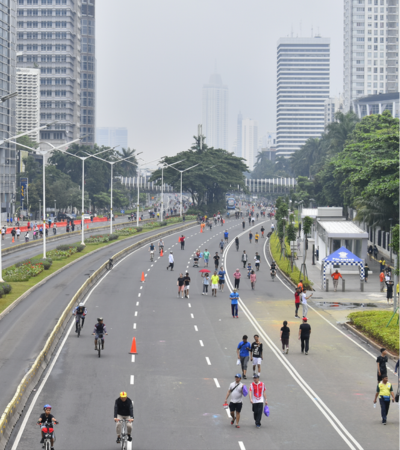
Road traffic injuries (RTIs) claim 1.19 million lives each year, making them the leading cause of death for children and young people aged 5 to 29. This crisis isn't just a tragedy; it's a massive drain on the global economy, costing an estimated $1.7 trillion annually. The burden falls heaviest on low- and middle-income countries (LMIC), where 90% of road traffic deaths occur, despite these nations having far fewer vehicles per capita.
Africa is the hardest-hit region for RTIs, with 225,482 deaths in 2021, representing 19% of the global total, despite having only 15% of the world's population and three per cent of its vehicles. Road fatalities in Africa have increased by 17% since 2010, the only region with such a rise. In #SouthAfrica alone, 12,541 road deaths in 2021 cost the nation approximately $8.8 billion or 3.4% of its GDP.
Behind these numbers are real lives lost, grieving families, and healthcare systems under strain. As the #G20 gathers to address global development challenges, the time has come to put road safety at the forefront of its agenda. Prioritizing investments in safer roads and transport systems will save lives, break cycles of poverty, and support sustainable growth.
Road Safety and the G20: An Unmet Potential
Since the adoption of the Sustainable Development Goals (SDGs) in 2015, road safety has been a stated global priority. Targets such as SDG 3.6 (to halve global road traffic deaths by 2020) and SDG 11.2 (to provide safe and sustainable transport systems by 2030) underscore the urgency of action. Yet, road safety has often been overlooked in G20 discussions, sidelined as a secondary issue under broader themes like infrastructure resilience and sustainable development.
From Commitments to Action
Over the years, G20 declarations have made incremental progress in recognizing road safety:
- The 2015 Turkey Declaration emphasized infrastructure resilience but did not mention road safety.
- In 2016, the Hangzhou Declaration highlighted equitable infrastructure access, focusing on Africa and Least Developed Countries.
- The 2019 Osaka Declaration introduced "Principles for Quality Infrastructure Investment," identifying safety as a criterion but failing to address unsafe roads explicitly.
- The 2022 Bali Declaration acknowledged transportation safety in disaster zones but lacked concrete commitments for road safety improvement.
- The 2024 Brazil Declaration took a step forward by promoting investments in disaster-resilient transport systems, including roads.
These developments reflect growing awareness but fall short of the decisive action required to achieve global SDG targets.
Encouragingly, the 2024 U20 Rio São Paulo Communiqué emphasized the link between road safety and active mobility. By prioritizing investments in pedestrian walkways, cycling lanes, and public transport, nations can reduce reliance on private vehicles, lower emissions, and create safer urban environments.
Why Investing in Road Safety Pays Off
The costs of inaction on road safety are unsustainable, particularly for LMICs. However, achieving the SDG road safety targets is within reach. The UN estimates that sustained investments of $26 billion annually—just a small fraction of the $800 billion spent globally on roads—would save lives and deliver substantial economic and social returns.
Investments in road safety translate to reduced healthcare costs, increased productivity, and more sustainable urban development. Closing the funding gap requires innovative approaches:
- Allocating public budgets from infrastructure, healthcare, and transport sectors.
- Establishing public-private partnerships to enhance road safety infrastructure and enforcement.
- Engaging industries such as automotive, insurance, and fuel in financing safety initiatives.
- Using user fees and levies from vehicle inspections, licensing, and tolls for targeted safety measures.
- Scaling solutions through loans and financing from development banks.
The UN Road Safety Fund (UNRSF) is leading the way, supporting LMICs with evidence-based, cost-effective funding models that enable the implementation of proven safety solutions.
A Call to Action for 2025
Next year offers pivotal opportunities to elevate road safety on the global agenda. Key events like the 4th Global Ministerial Conference on Road Safety in Morocco, the Fourth International Conference on Financing for Development in Spain, and the G20 Summit in South Africa are platforms for transformative action.
The message is clear: Road safety isn't just about preventing crashes; it's about building resilient, inclusive societies. By embedding safety into infrastructure investments, G20 nations can drive progress toward the Sustainable Development Goals while creating safer, more equitable futures for all.
